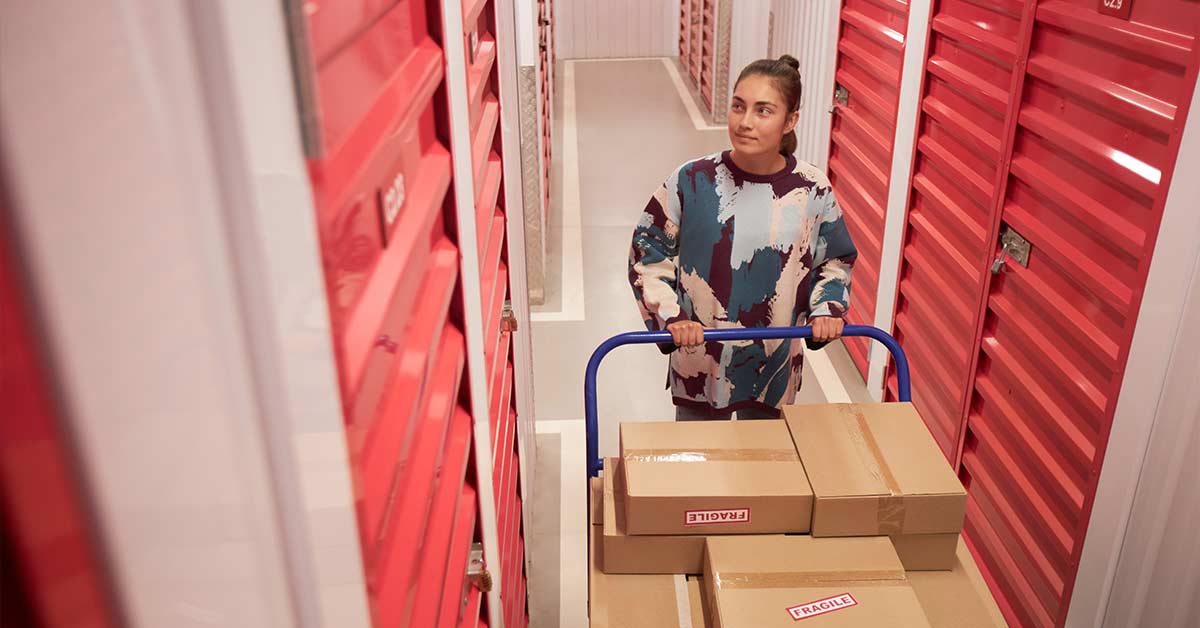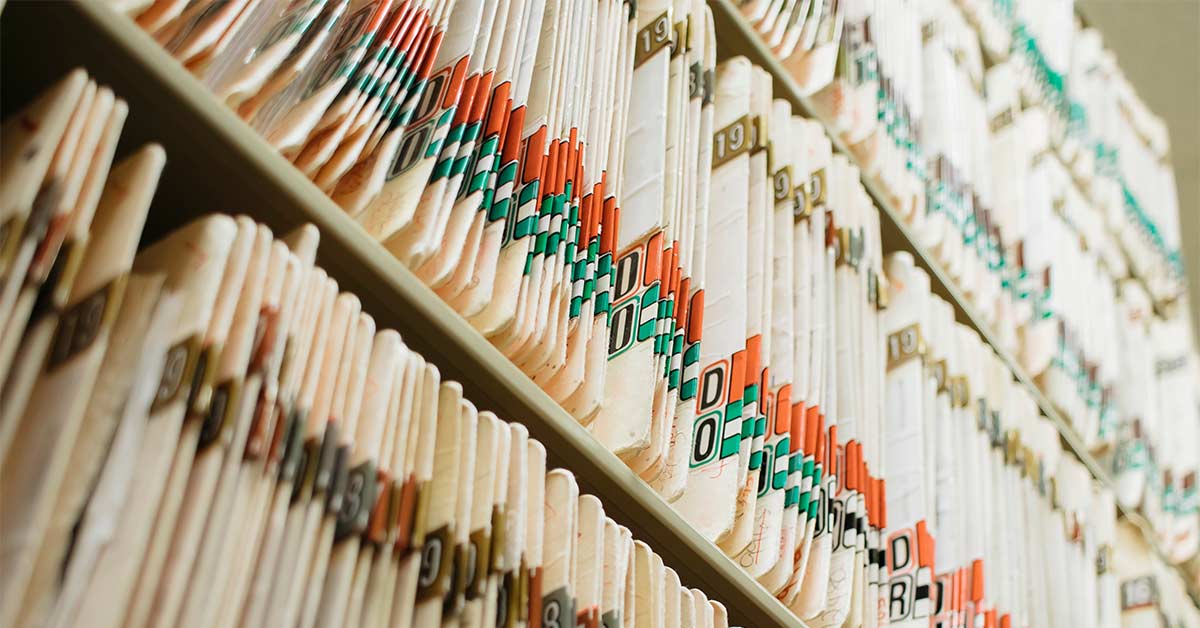Struggling with a chaotic closet every morning can start your day on a stressful note. If you’re navigating through a sea of unworn or out-of-season clothes just to find an outfit, it’s time for a change. Cleaning out your closet might seem daunting, but it’s a rewarding task that can simplify your life and bring peace to your mornings. Here’s a guide to decluttering and organizing your closet, ensuring you have a simple process for dressing up every day.
- Preparation is Key
Start with gathering the essentials to make the organization process smoother. You’ll need rags, a cleaning solution (mix 3 cups of warm water with a tablespoon of dish soap), a vacuum, a dust mask, trash bags, three bins or laundry baskets, matching hangers, and a marker or pen with paper and tape. Consider adding hooks and pocket organizers for your accessories.
- Empty Your Closet Completely
To truly tackle every inch of your closet, you need to start with a blank canvas. Remove everything from your closet. Wearing a dust mask during this process is a smart move, especially if it’s been a while since the last clean-out. You’ll likely uncover a surprising amount of dust.
- Deep Clean All Surfaces
With everything out of the closet, take the opportunity to thoroughly clean the interior. Wipe down walls and shelves with your cleaning solution, then vacuum or sweep and mop the floor if you have hardwood.
- Sort with Purpose
Create three categories for sorting: keep, wash, and donate. As you sift through your belongings, be honest about what fits, what matches your current style, and what you’ve actually worn in the past year. Everything else can find a new home.
- Rent a Storage Unit
Look for underutilized areas in your closet for additional storage. Use hooks, over-the-door organizers, and even shower curtain rings for scarves to keep accessories organized. Don’t be afraid to look outside the closet for self storage solutions if space is tight. Consider renting a self storage unit to store your belongings for short-term or long-term.
- Tackle the Laundry
With your closet empty, you might find a pile of items that need washing. Aim to address this pile within 24 hours to keep the momentum going and avoid clutter from creeping back.
- Donate Generously
Take your donation pile and get it ready to leave your home. Whether you choose a charity or someone in need, make sure these items are out of your house quickly to avoid second-guessing your decisions.
- Use a Daily Clothing Chart
Keep a log of your daily outfits to encourage creativity and track what you actually wear. This can highlight pieces you consistently overlook and may need to part with.
- Maintain the Order
Commit to regular closet audits and cleaning, ideally with the changing seasons. This will not only keep your closet organized but also ensure it stays manageable year-round.
How often should you do it? Try to do a seasonal clean-out, about four times a year, to keep everything in check and adapt to changing weather and style preferences.
Engaging in a closet clean-out might initially seem like a big task, but the peace and simplicity it brings to your daily routine are immeasurable. Not only will your mornings run smoother, but you’ll also have a clearer idea of what your wardrobe actually needs, saving you from future shopping mishaps. Happy organizing!



